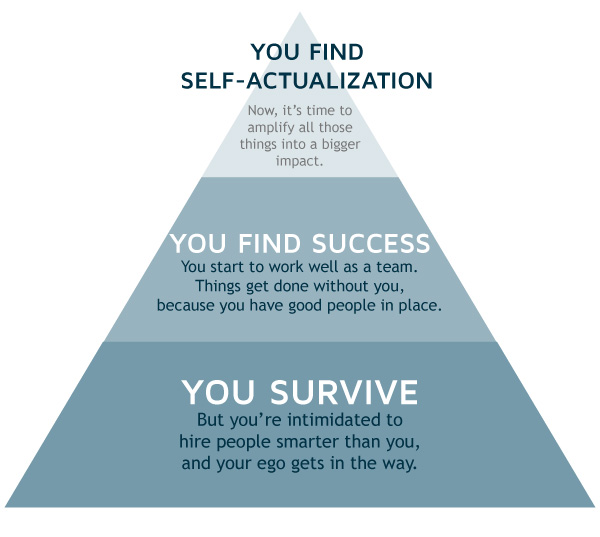
Dustin Wells wants his employees to be happy.
Of course, so does every CEO – or at least, that’s what they claim. But Dustin’s version of happiness doesn’t have to do with beanbag chairs or having a bar in the office. While great benefits and interesting work are important, what Dustin really wants is a culture of growing, engaged employees.
“We’ve built a great culture at Headspring,” Dustin says, “and we’ve been named one of the best places to work in Texas for a reason – we try very hard to do things in an employee focused way.”
It didn’t happen overnight. Dustin had written his first piece of software in his first banking job when he discovered that his colleagues were taking their digital documents, printing them out, and then manually re-entering them in a database that required them to type in a borrower’s name 20 times in 20 different spaces. He wrote a program in Microsoft Access that did all that heavy lifting – saving 20 minutes for each document. In the time he saved himself, Dustin started thinking about starting his own company. He launched Headspring in 2001.
“I knew I didn’t want to work for someone else. That’s the honest truth. I didn’t identify with the term entrepreneur, I don’t even know that that was a thing – I just always knew I didn’t want to work for someone else. I like the quote from Mark Twain – all you need is ignorance and confidence, and success will come.”
It didn’t go perfectly.
“We launched a Houston office at Headspring, and I didn’t go up there a couple of months, and when I did go up there, I could sense that something was wrong. I worked with our director there and shored up some things…if I’d had better tools, I could have spotted that without having to show up. As a CEO, people don’t talk to you. How do you get the pulse of your organization? How do you help people connect across geographies/siloes?””
Just like that first job, Dustin thought he could solve this with a better set of tools. Eventually, he spun out what he’d learned, using Headspring’s in-house incubator to found Workify, a startup that helps managers build better employee relationships. For Dustin, data is key.
“Companies say people are their biggest asset, yet they measure people data about once a year. They measure operational data daily or weekly – but they measure people annually. What gets measured gets done. People bring us on as a benefit to their team and their people – to show that they’re committed to integrating people – and continue improvement.”
To Dustin, most companies go through three phases, much like Maslow’s hierarchy of needs – survival, success, and self-actualization – the phase where they start to think about amplifying all that success to have a bigger impact.
 Dustin Wells’ hierarchy of leadership stages.
Dustin Wells’ hierarchy of leadership stages.
At Far West Capital, we feel like we’ve started to move past survival and success and into our next goal. What are we doing to have a bigger impact? Stay tuned next month as we delve into our commitment to conscious capitalism.
Do you feel like your company encourages employee growth and feedback? What’s your best practice tip? Comment below, or join the discussion on Facebook.

